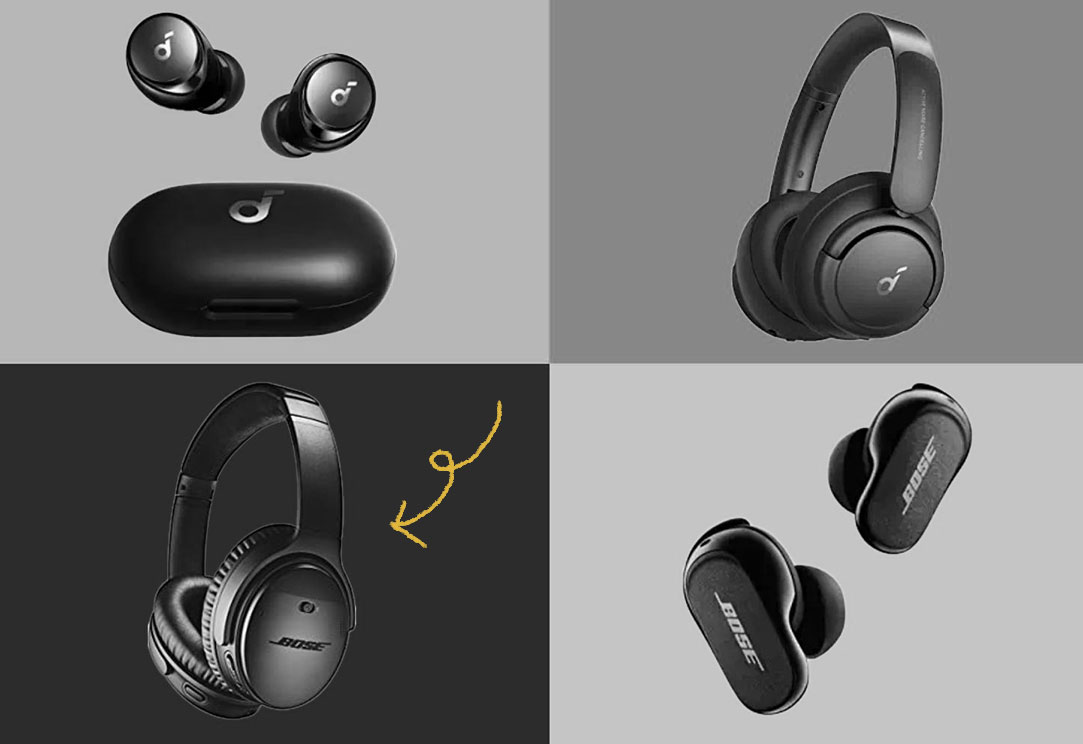Headphones were first invented in the 1880s by Ezra Gilliland, a friend of Thomas Edison, for use by telephone operators. An early version of earbuds was first created all the way back in 1891, when Ernest Mercadier patented his “bi-telephone” for telephone operators. But it wasn’t until the 1960s that wireless headphones got their start. Throughout the decade, several manufacturers rolled out solid state radio headphones that allowed consumers to listen to the radio. (Though they made listeners vaguely resemble the Cybermen from Doctor Who.) These were the first true wireless headphones. Then in 1999, Bluetooth was launched as a way to wirelessly connect microphones and headphones. The technology originally became quite popular among those in the business world, particularly commuters, who needed to take phone calls on the move. However, it wasn’t often used for music due to poor sound quality among early devices (so although the first Bluetooth products for music did hit the market in 2004, they weren’t considered very good). After Apple launched the iPhone in 2007, intense competition ensued and huge amounts of money were devoted to the research and development of smaller, more efficient batteries, better versions of Bluetooth, and software-based noise cancelling. This led to massive innovations in many types of technology, including headphones. Bluetooth headphones for music became popular in the 2010s with brands like Beats and Bose driving demand. Then Apple released their AirPods. Notably, despite years of development (the first related patent was filed back in 2011), they were neither the first nor the best wireless earbuds, but they were the most successful and by 2020, they dominated the earbud market. Like most technology, wireless headphones continue to move forward. Currently, many companies are focusing on how to overcome Bluetooth’s bandwidth limits to stream truly high-quality audio; Bluetooth aptX HD, Sony’s LDAC, aptX Adaptive, and aptX Lossless all represent recent progress toward this goal. Today, wireless headphones are available at many price points and products are geared toward a wide variety of consumers, from casual listeners who mostly want to stream music and take calls from their smartphones to avid audiophiles who want specialized features.

Your go-to guide for weird history facts
Subscribe to the FREE daily email that makes learning about history fun.


